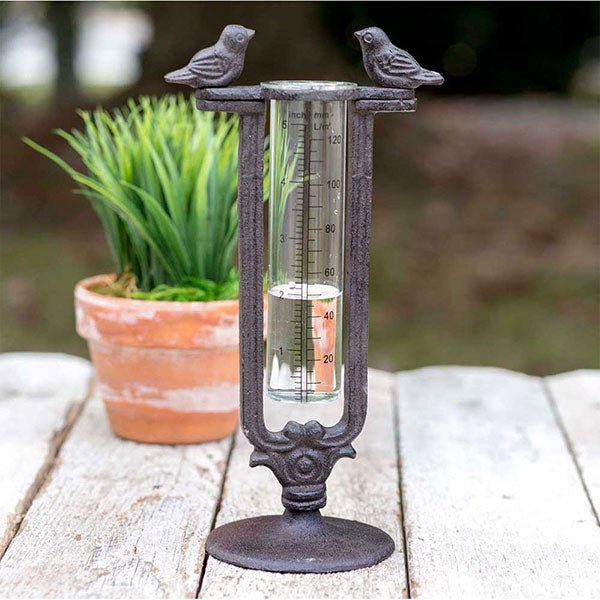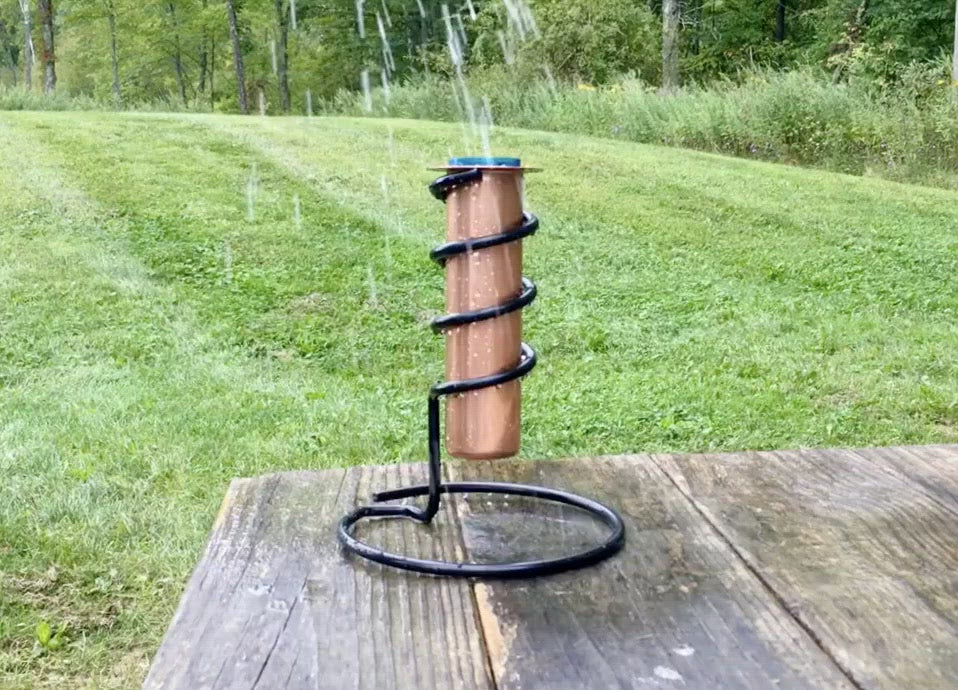Dive into The Rain Gauge: From Historical Evolution to Modern Applications
Dive into The Rain Gauge: From Historical Evolution to Modern Applications
Blog Article
Exactly How to Select the Right Rainfall Scale for Accurate Rain Information
Exact rains information is crucial for numerous sectors and tasks, such as farming, meteorology, and water source administration. To get trusted measurements, it is vital to pick the right rainfall gauge. This overview intends to supply beneficial insights into the selection procedure, permitting you to make informed decisions. Considering elements such as location, type, and accuracy of the rainfall scale will certainly aid guarantee specific data collection. In addition, recognizing the maintenance and calibration treatments will certainly add to the durability and dependability of your rainfall scale. By following these standards, you can ensure exact rains information, making it possible for better decision-making and planning for various applications.
Relevance of Picking the Right Rainfall Scale
The value of selecting the ideal rainfall gauge lies in obtaining exact and trusted rains data for exact meteorological evaluation. Rain information is important for a large range of applications, consisting of climate projecting, hydrological modeling, and climate research study. Imprecise or undependable data can result in erroneous final thoughts and flawed decision-making procedures.

Second of all, the precision and accuracy of the rainfall gauge are paramount. The gauge needs to be able to determine rainfall with high precision, capturing also tiny quantities of rainfall precisely.
Additionally, the area and installation of the rain gauge are critical factors to consider. It must be put in an open location, away from obstructions that could impact rainfall measurements. The gauge needs to be positioned at a suitable elevation and angle to prevent spilling and ensure appropriate catchment of rainwater.
Variables to Take Into Consideration When Choosing a Rain Scale
When selecting a rainfall scale, there are several vital elements to consider. There are various kinds offered, consisting of common rainfall gauges, tipping bucket rain evaluates, and considering rain assesses.
An additional aspect to take into consideration is the material of the rain gauge. Rain gauges can be constructed from various materials, such as plastic, glass, or steel. The material chosen must be sturdy and immune to weather problems, guaranteeing that the rain scale will stand up to the aspects and offer precise dimensions with time.
Accuracy is additionally a crucial element to take into consideration. Try to find rainfall evaluates that have been calibrated and examined for accuracy. Attributes such as anti-splash rings and funnels can likewise improve the accuracy of the dimensions.

Finally, take into consideration the environment and atmosphere in which the rain gauge will be used. Various rainfall evaluates appropriate for various climates, so it is essential to pick one that is suitable for the conditions in your area.
Various Kinds Of Rainfall Assesses Offered
To better check out the elements to consider when picking a rain gauge, it is necessary to recognize the different sorts of rain evaluates readily available. There are numerous sorts of rain evaluates, each with its very own advantages and disadvantages. One of the most common type is the typical rain scale, also recognized as the round rainfall scale. This type contains a straight-sided round container with a funnel-shaped top. It is basic to utilize and offers precise dimensions of rainfall.
Another sort of rainfall gauge is the tipping bucket rainfall scale. This gauge utilizes a seesaw-like system to collect and determine rains. As the rain falls under the scale, it fills one side of the container, creating it to tip and empty the water. The variety of pointers is counted online to identify the amount of rainfall. Tipping bucket rain evaluates are popular for their precision and capability to measure rains strength.
A 3rd sort of rainfall scale is the evaluating rain gauge. This scale utilizes a balance system to gauge the weight of the gathered rainfall. As the rain comes under More hints the scale, it is collected in a container connected to a balance. The weight of the water is measured, and the rains amount is computed based on the weight. Considering rainfall assesses are very exact but can be more costly and require routine maintenance.
Lastly, there are likewise remote rainfall assesses that usage advanced modern technology to gauge rains (The Rain Gauge). These determines use sensing units and transmitters to send out information wirelessly to a central device. Remote rainfall evaluates are practical for keeping track of rains in hard-to-reach areas or for large-scale information collection
Just How to Identify the Accuracy of a Rainfall Gauge
One way to assess the accuracy of a rain gauge is by performing routine calibration measurements. Calibration includes comparing the analyses of a rain gauge to a standard dimension, such as a qualified rainfall gauge or a weather station with high precision. By comparing the dimensions, any inconsistencies or errors in the rain scale can be recognized and accounted for.
To carry out a calibration dimension, beginning by accumulating rainfall information from both the rainfall gauge and the Related Site conventional dimension gadget over a details amount of time, such as a month. After that, compare the readings and determine the difference in between them. This difference is understood as the calibration error.
It is essential to keep in mind that calibration dimensions need to be carried out regularly, as ecological factors, such as particles, wind, and temperature level, can influence the accuracy of the rainfall scale over time. By carrying out regular calibrations, any changes in the accuracy of the rain gauge can be detected and changes can be made as necessary.
Along with calibration, it is likewise advised to clean and maintain the rain gauge consistently to ensure its accuracy. Eliminate any kind of debris or blockages that may influence the accuracy of the measurements, and look for any kind of indicators of damage or put on that might call for repair services or substitute.
Tips for Maintaining and Calibrating Your Rainfall Gauge
Normal maintenance and calibration are crucial for ensuring the precision and dependability of your rain gauge in gauging rains information (The Rain Gauge). By complying with a couple of simple tips, you can make sure that your rain scale is effectively kept and calibrated
Firstly, it is crucial to clean your rain scale frequently to avoid any type of debris or dirt from obstructing the rainfall collection device. Use a soft brush and a light cleaning agent to carefully clean up the within and beyond the scale. Wash it thoroughly with clean water and enable it to dry entirely before reinstalling it.
Second of all, it is advised to calibrate your rain gauge at the very least yearly. Calibration includes comparing the dimensions of your rainfall scale with those of a relied on and accurate recommendation gauge. This will aid you identify and fix any potential link errors in your rainfall gauge's dimensions.
To calibrate your rainfall gauge, gather a recognized quantity of water utilizing a gauging container and contrast it with the measurements tape-recorded by your rainfall scale. Change the analyses as necessary to ensure precision.

Final Thought
In conclusion, choosing the best rainfall scale is critical for acquiring accurate rains information. Aspects such as location, objective, and budget should be thought about when selecting a rainfall gauge.
There are various kinds readily available, including standard rainfall assesses, tipping bucket rain gauges, and evaluating rain gauges.To further discover the variables to consider when selecting a rainfall scale, it is crucial to comprehend the various kinds of rainfall gauges offered. The most typical type is the conventional rainfall scale, also understood as the cylindrical rain gauge.An additional kind of rainfall scale is the tipping bucket rainfall gauge. Calibration involves comparing the analyses of a rain scale to a common dimension, such as a certified rainfall scale or a weather station with high precision.
Report this page